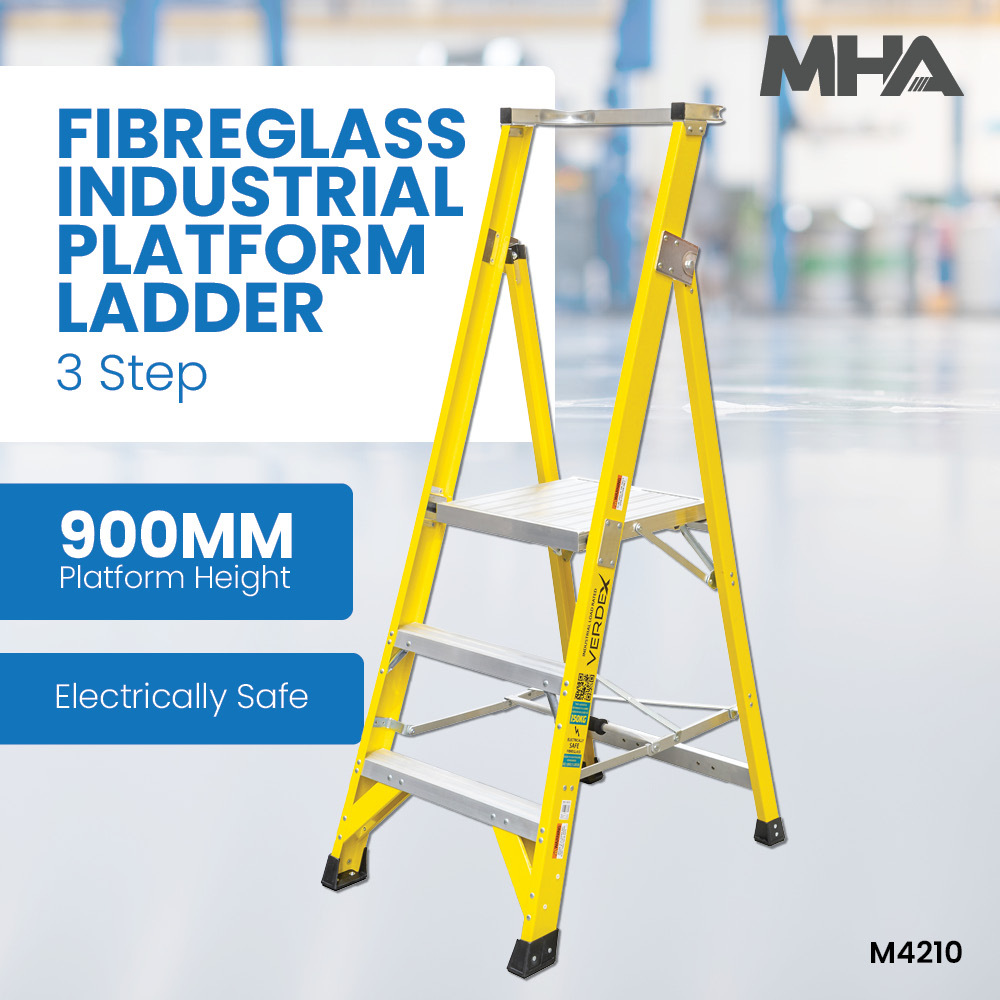Guide to Different Types of Ladders and Their Uses
Date Posted:19 August 2024
By understanding the different types of ladders and their uses, you can make an informed decision that ensures safety, efficiency, and convenience. Investing in the right ladder not only enhances productivity but also reduces the risk of accidents, making
Ladders are indispensable tools, used across a wide range of industries and households. Their versatility makes them essential for tasks that require reaching heights safely and efficiently. With various types of ladders available, understanding their specific uses can help you choose the right one for your needs. Here’s a comprehensive guide to different types of ladders and their applications.
Step Ladders: The All-Rounder
Step ladders are the most common and versatile type of ladder, ideal for a variety of tasks. These self-supporting ladders come in different sizes, making them suitable for both indoor and outdoor use.
Uses:
- Home maintenance tasks such as changing light bulbs, painting walls, and reaching high shelves.
- Light industrial work where a stable and portable ladder is needed.
- Gardening activities like pruning trees or accessing high garden beds.
Step ladders are available in aluminium, fibreglass, and wood. Aluminium step ladders are lightweight and corrosion-resistant, while fibreglass step ladders are non-conductive, making them ideal for electrical work.
Extension Ladders: For Height and Reach
Extension ladders are designed for tasks that require significant height. These ladders consist of two or more sections that slide together to allow for adjustable heights, providing excellent reach.
Uses:
- Roof repairs and gutter cleaning.
- Exterior painting and maintenance of multi-storey buildings.
- Tree trimming and other high-reach outdoor tasks.
Extension ladders should be used on stable, level surfaces and secured properly to prevent slipping. They are typically made from aluminium or fibreglass, offering a good balance of strength and weight.
Telescopic Ladders: Compact and Convenient
Telescopic ladders are known for their compact design and easy portability. These ladders can be extended and locked at various heights, making them versatile and space-saving.
Uses:
- Homeowners and professionals who need a ladder that is easy to transport and store.
- Tasks that require variable heights, such as accessing lofts or attic spaces.
- DIY enthusiasts who need a ladder for occasional use but lack storage space.
Telescopic ladders are usually made from aluminium, providing a lightweight yet sturdy solution for various tasks.
Multi-Position Ladders: Ultimate Flexibility
Multi-position ladders, also known as articulating ladders, offer the ultimate in flexibility. These ladders can be configured into different shapes, including A-frame, extension, and scaffold positions, making them suitable for a wide range of tasks.
Uses:
- Professional contractors who need a versatile ladder for different job sites.
- Home improvement projects that require a ladder for multiple purposes.
- Painting, cleaning, and maintenance tasks where different ladder configurations are beneficial.
Multi-position ladders are typically constructed from aluminium, offering durability and versatility in one package.
Platform Ladders: Stability and Comfort
Platform ladders are designed with a stable platform at the top, providing a comfortable and secure standing area. These ladders are ideal for tasks that require extended periods of work at height.
Uses:
- Painting, plastering, and other tasks that require both hands.
- Retail environments for stocking shelves and arranging displays.
- Industrial settings where a stable work platform is needed.
Platform ladders come in various materials, including aluminium and fibreglass, offering stability and comfort for prolonged use.
Folding Ladders: Easy Storage and Portability
Folding ladders are designed for easy storage and portability. These ladders can be folded into a compact size, making them convenient to transport and store.
Uses:
- Homeowners with limited storage space.
- Travellers and tradespeople who need a portable ladder.
- Light maintenance tasks around the house or workshop.
Folding ladders are typically made from aluminium, providing a lightweight and durable solution.
Choosing the right ladder depends on the specific tasks you need to accomplish and the environment in which you’ll be working. Step ladders and platform ladders are perfect for everyday tasks and prolonged use, while extension and telescopic ladders offer the reach and portability needed for higher tasks. Multi-position ladders provide unparalleled versatility, and folding ladders are ideal for those with limited storage space.
By understanding the different types of ladders and their uses, you can make an informed decision that ensures safety, efficiency, and convenience. Investing in the right ladder not only enhances productivity but also reduces the risk of accidents, making it a crucial aspect of any project or task that requires working at height.


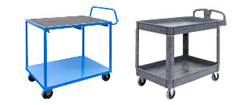

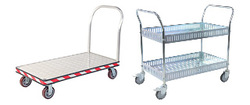
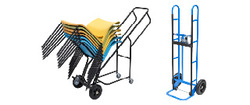
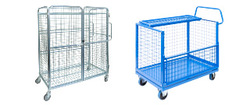
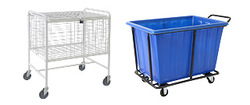
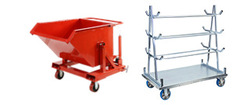
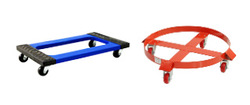
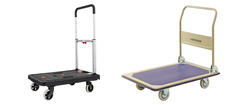
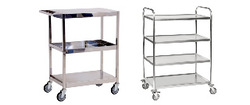
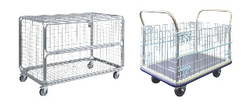
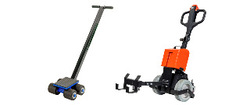
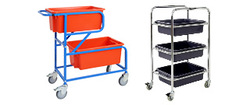
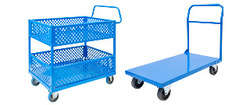
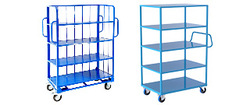
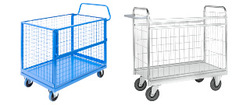
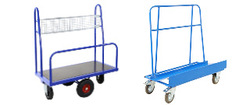
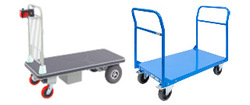
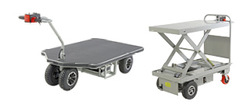
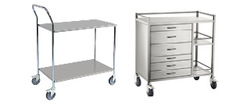
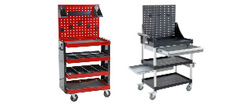
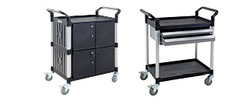
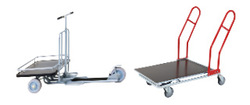
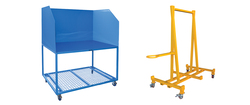



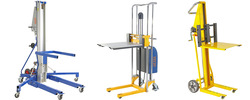



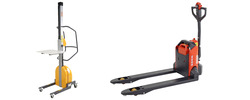
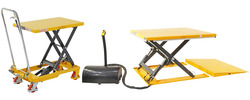
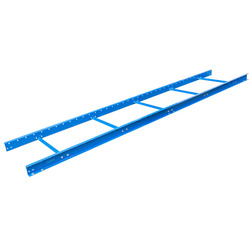
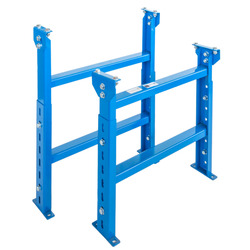
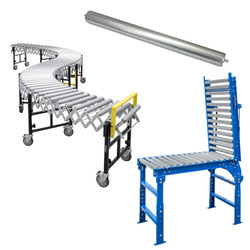
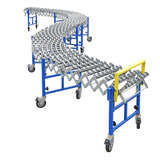



















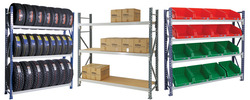
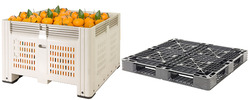
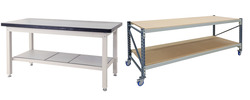
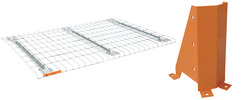
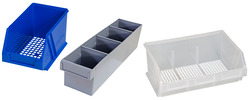

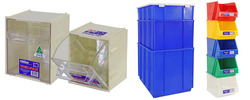

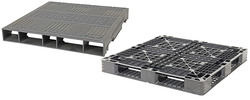
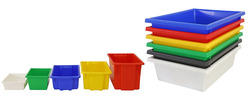
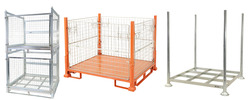
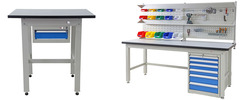
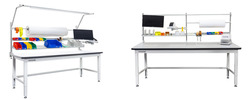

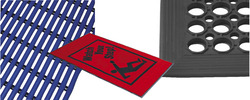
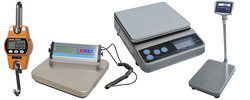



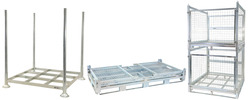
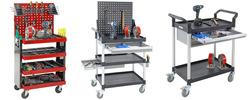
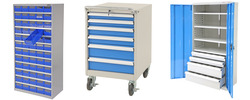

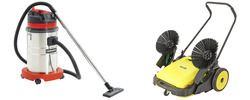





































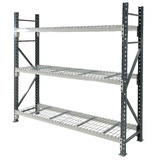















 Trolleys / Hand Trucks
Trolleys / Hand Trucks 2 Tier Trolleys
2 Tier Trolleys 3 Tier Trolleys
3 Tier Trolleys Aluminium Trolleys
Aluminium Trolleys Appliance & Hand Trucks
Appliance & Hand Trucks Cage Trolleys
Cage Trolleys Cleaning Carts & Trolleys
Cleaning Carts & Trolleys Construction Trolleys
Construction Trolleys Dollies
Dollies Foldable Trolleys
Foldable Trolleys Hospital Trolleys
Hospital Trolleys Laundry/Linen Trolleys
Laundry/Linen Trolleys Load Skates & Tow Tugs
Load Skates & Tow Tugs Mail / Office Trolleys
Mail / Office Trolleys Multi Purpose Trolleys
Multi Purpose Trolleys Multi-Tier Shelf Trolleys
Multi-Tier Shelf Trolleys Order Picking Trolleys
Order Picking Trolleys Panel Cart Trolleys
Panel Cart Trolleys Platform Trolleys
Platform Trolleys Powered Trolleys
Powered Trolleys Stainless Steel Trolleys
Stainless Steel Trolleys Tool Trolleys
Tool Trolleys Utility Carts
Utility Carts Warehouse Trolleys
Warehouse Trolleys Custom Trolleys
Custom Trolleys Lifting Equipment
Lifting Equipment Forklift Attachments
Forklift Attachments Jib Attachments
Jib Attachments Lifting Hoists & Pallet Hooks
Lifting Hoists & Pallet Hooks Manual Stackers & Lifters
Manual Stackers & Lifters Pallet Jacks
Pallet Jacks Pallet Lifters
Pallet Lifters Pallet Rotators & Dispenser
Pallet Rotators & Dispenser Powered Pallet Trucks & Electric Lifters
Powered Pallet Trucks & Electric Lifters Scissor Lift Trolleys and Tables
Scissor Lift Trolleys and Tables Conveyor Equipment
Conveyor Equipment Conveyor Frames
Conveyor Frames Conveyor Stands
Conveyor Stands Roller Conveyors
Roller Conveyors Skate Wheel Conveyors
Skate Wheel Conveyors Access Equipment
Access Equipment Container & Yard Ramps
Container & Yard Ramps Step Stools & Ladders
Step Stools & Ladders Work Platforms & Crane Cages
Work Platforms & Crane Cages Drum Handling
Drum Handling Drum Storage & Bunding
Drum Storage & Bunding Drum Trolleys & Lifters
Drum Trolleys & Lifters Forklift Drum Handling
Forklift Drum Handling Containment & Spillage
Containment & Spillage Aerosol Cans Storage Cages
Aerosol Cans Storage Cages Bunded Pallets & Storage
Bunded Pallets & Storage Corrosive Goods Storage Cabinets
Corrosive Goods Storage Cabinets Flammable Liquid Cabinets
Flammable Liquid Cabinets Forklift Gas Storage Cages
Forklift Gas Storage Cages Gas Cylinder Storage
Gas Cylinder Storage Site Storage
Site Storage Spill Kits
Spill Kits Stillage Cages
Stillage Cages Waste Handling
Waste Handling Bin Lifters & Tippers
Bin Lifters & Tippers Plastic Waste Bins and Carts
Plastic Waste Bins and Carts Steel Waste and Tipping Bins
Steel Waste and Tipping Bins Storage Equipment
Storage Equipment Heavy Duty Cabinets & Benches
Heavy Duty Cabinets & Benches Heavy Duty Shelving
Heavy Duty Shelving Mega Bins & Pallets
Mega Bins & Pallets Packing Benches
Packing Benches Pallet Racking Accessories
Pallet Racking Accessories Parts Trays & Stor-Pak Bins
Parts Trays & Stor-Pak Bins Pegboard & Louvre Panels
Pegboard & Louvre Panels Plastic Bins
Plastic Bins Plastic Handling Solutions Bins
Plastic Handling Solutions Bins Plastic Pallets
Plastic Pallets Stack & Nest Bins
Stack & Nest Bins Storage Cages
Storage Cages Workplace Equipment
Workplace Equipment Workbenches
Workbenches Modular Workbenches
Modular Workbenches Electric Height-Adjustable Workbenches
Electric Height-Adjustable Workbenches Floor Matting
Floor Matting Industrial Weighing Scales
Industrial Weighing Scales Pallet Wrapping & Packaging Machinery
Pallet Wrapping & Packaging Machinery Ramps
Ramps Stationery Cupboards
Stationery Cupboards Storage and Stillage Cages
Storage and Stillage Cages Tool Trolleys
Tool Trolleys Tooling Cabinets
Tooling Cabinets Wheelie Bins
Wheelie Bins Workshop Equipment
Workshop Equipment Safety Equipment
Safety Equipment Gloves and PPE
Gloves and PPE Pallet Rack Post Protectors
Pallet Rack Post Protectors Safety Barriers & Bollards
Safety Barriers & Bollards Safety Knives & Cutters
Safety Knives & Cutters Signs and Traffic Supplies
Signs and Traffic Supplies Tool & First Aid Boxes
Tool & First Aid Boxes Construction Equipment
Construction Equipment Concrete Equipment
Concrete Equipment General Site Equipment
General Site Equipment Lifting Equipment
Lifting Equipment Site Storage
Site Storage Waste
Waste  MHA's Specials
MHA's Specials

